Collection: Lithography
View our print courses here.
Lithography is a printmaking technique based on the principle that oil and water do not mix. An image is drawn onto a flat surface, traditionally limestone or metal, using greasy materials. The surface is then treated with chemicals to ensure that ink adheres only to the greasy image areas. The inked surface is then pressed onto paper to create the print. This method allows for the production of detailed and expressive prints.
Stone lithography involves drawing directly onto a limestone surface with greasy materials. The stone is chemically treated so that ink adheres only to the greasy areas, allowing for detailed prints when pressed onto paper.
Aluminum Plate Lithography uses aluminum plates instead of limestone. The process is similar to traditional lithography but offers a lighter and more durable surface.
Waterless lithography uses a silicone-based coating instead of water to separate ink from non-image areas on the plate. This method allows for cleaner, more precise prints.
Source: MoMA
-
Vera Frenkel - Big X Window
Regular price $9,000.00 CADRegular priceUnit price / per -
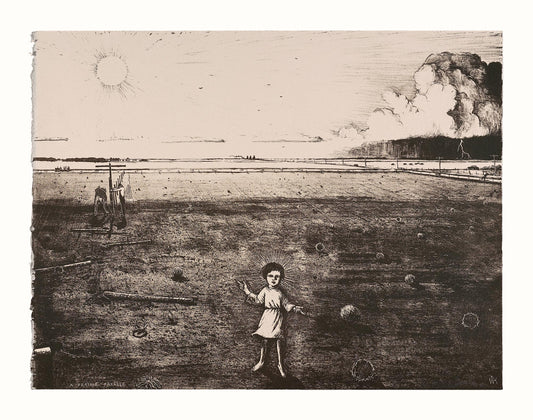 Sold out
Sold outWilliam Kurelek - A Prairie Parable
Regular price $1,600.00 CADRegular priceUnit price / per -
William Kurelek - A Prairie Winter's Night
Regular price From $2,000.00 CADRegular priceUnit price / per -
William Kurelek - Building a Cord Cradle
Regular price $1,600.00 CADRegular priceUnit price / per -
William Kurelek - Children Schoolbound in Northern B.C.
Regular price $2,000.00 CADRegular priceUnit price / per -
William Kurelek - Evening Chore in the Maritimes
Regular price From $2,000.00 CADRegular priceUnit price / per -
William Kurelek - Snowfall Ending on Quebec Ontario Border
Regular price From $2,000.00 CADRegular priceUnit price / per -
William Kurelek - Ukrainian Christmas Eve Feast (two-colour)
Regular price $950.00 CADRegular priceUnit price / per -
William Kurelek - Untitled [Prairie Snow Fun]
Regular price $1,600.00 CADRegular priceUnit price / per -
 Sold out
Sold outYork Wilson - Blue Opus
Regular price $350.00 CADRegular priceUnit price / per -
York Wilson - Donotis
Regular price From $500.00 CADRegular priceUnit price / per -
York Wilson - Mayan (Framed)
Regular price $900.00 CADRegular priceUnit price / per -
Yves Gaucher - Jericho - une allusion à Barnett Newman; an allusion to Barnett Newman
Regular price From $2,500.00 CADRegular priceUnit price / per




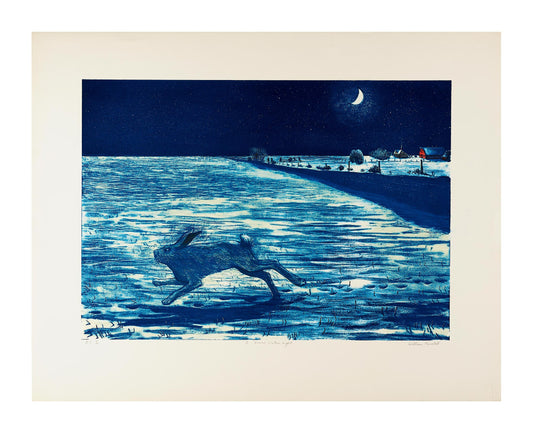

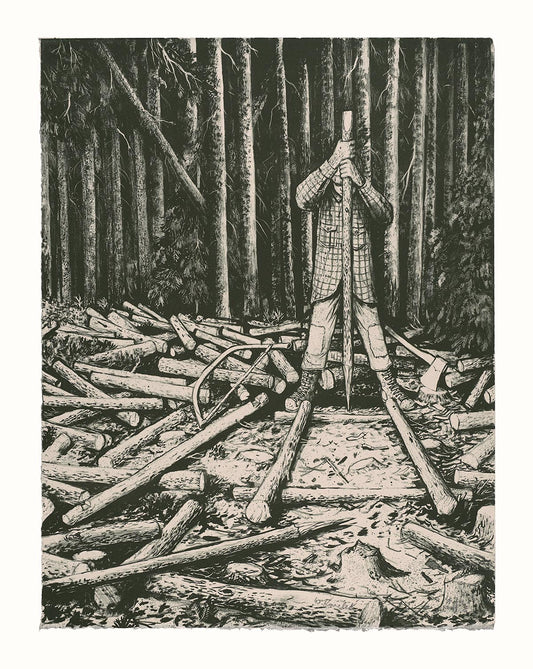
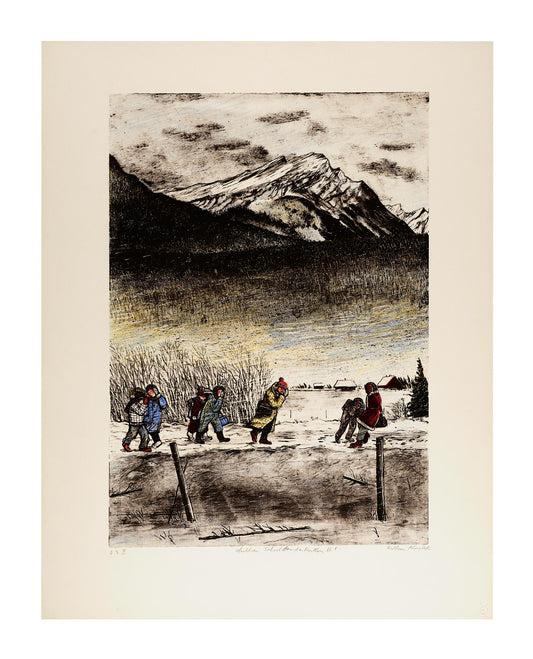
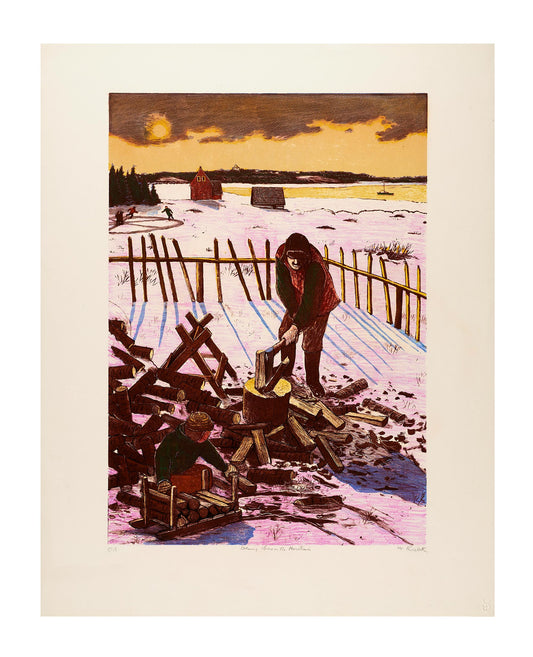

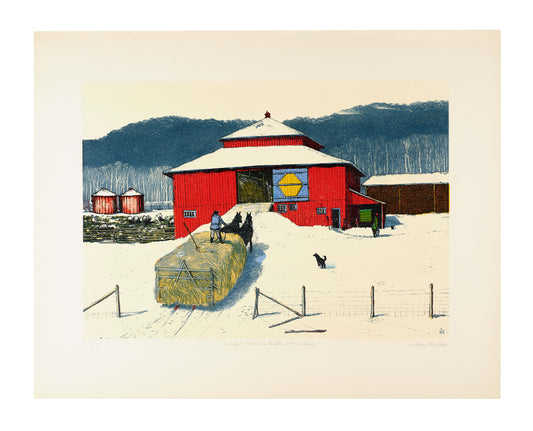


![William Kurelek - Untitled [Prairie Snow Fun]](http://openstudioshop.ca/cdn/shop/files/KurelekW-UntitledPrairieSnowFun-web.jpg?v=1697488234&width=533)






